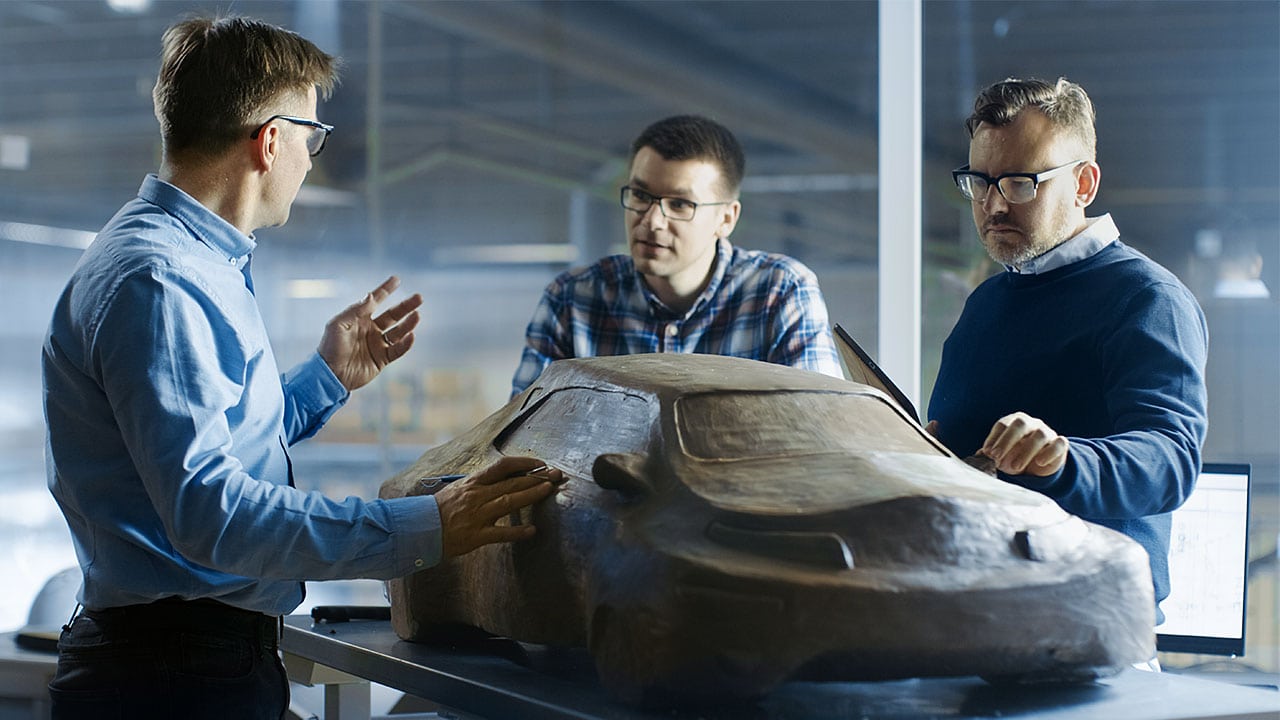The development of new products is an exciting process for many companies, with plenty of collaborative effort going into the many steps required from the first glimmers of a new idea through to final production.
Professionals with training in engineering design technology are key figures in this process, able to bring a number of key hard and soft skills to the effort.
Curious about how training to assist in engineering projects can make you invaluable to product development? Here’s what you need to know.
Creating Models and Simulations in the Product Development Phase
Before a product is ever made real, engineering technicians will take its concept through a series of steps meant to help iron out problems early in the product’s development. This can include drawing out a design, modeling that design in 3D, and even creating digital simulations that capture the way the object should move and operate in the world. It’s far, far cheaper to make corrections to designs during this phase, which is a big part of why this is so useful to engineering projects.
Beyond that, though, it’s also hugely beneficial for other individuals to have immediate access to an evolving simulation that reflects the changing nature of a product. From company owners to marketing departments, to investors backing the project, there are many people and teams who can benefit from following the development of a product. Professionals with engineering training allow that to happen more easily.

Professionals with engineering design technology training help create models and simulations
Engineering Technicians Do Important Collaborative Work With Engineers
Engineers take the lead on many product development projects, but they aren’t lone wolves. They need a highly trained team of expert technicians to help them develop product ideas into a workable state by the intended delivery date. Tasks like design modeling and documentation are often the domain of the engineering technician.
For this important part of their responsibilities, graduates of an engineering design technology program will need to rely not just on their technical ability, but also on soft skills that will allow them to thrive in a team dynamic. The best schools will ensure that students develop essential communication skills, and learn how to relay technical data and design information in a way that is easily understood by engineers and other members of their team. With time limitations often acting as an important factor in product design, these skills become vitally important for maintaining much-needed efficiency.

Communication and coordination skills are important parts of a technician’s professional toolkit
Pros with a Career in Engineering Design Technology Take on Data Management
Large quantities of data can be generated throughout the course of product development, and it’s important that this is all managed correctly. From ensuring team access to designs in progress, to properly cataloging associated documentation, to tracking the development history of a particular project, there are many different reasons for having clear and efficiently organized information.
To become properly prepared for this area of responsibility, it’s worthwhile to seek out a program that includes project data management techniques in its engineering design training program. Schools like Digital School, for instance, can help students learn the best practices for working with and storing files and documentation, and also provide additional instruction to assist with project management concerns like data-driven performance measurement. To become better able to manage data, this type of broad education offers a great deal of value.
Do you want to build a great new career in engineering design technology?
Contact Digital School to learn how our programs can help!

